Mingli Zhang
The Internet of Responsibilities-Connecting Human Responsibilities using Big Data and Blockchain
Dec 07, 2023



Abstract:Accountability in the workplace is critically important and remains a challenging problem, especially with respect to workplace safety management. In this paper, we introduce a novel notion, the Internet of Responsibilities, for accountability management. Our method sorts through the list of responsibilities with respect to hazardous positions. The positions are interconnected using directed acyclic graphs (DAGs) indicating the hierarchy of responsibilities in the organization. In addition, the system detects and collects responsibilities, and represents risk areas in terms of the positions of the responsibility nodes. Finally, an automatic reminder and assignment system is used to enforce a strict responsibility control without human intervention. Using blockchain technology, we further extend our system with the capability to store, recover and encrypt responsibility data. We show that through the application of the Internet of Responsibility network model driven by Big Data, enterprise and government agencies can attain a highly secured and safe workplace. Therefore, our model offers a combination of interconnected responsibilities, accountability, monitoring, and safety which is crucial for the protection of employees and the success of organizations.
Modeling of Textures to Predict Immune Cell Status and Survival of Brain Tumour Patients
Jun 04, 2022
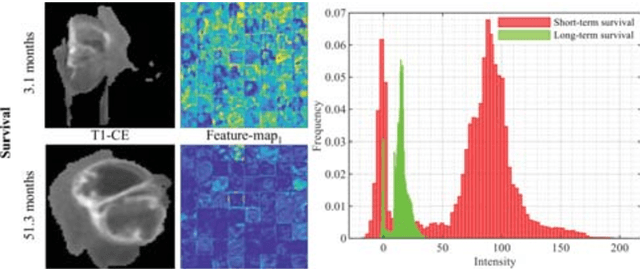
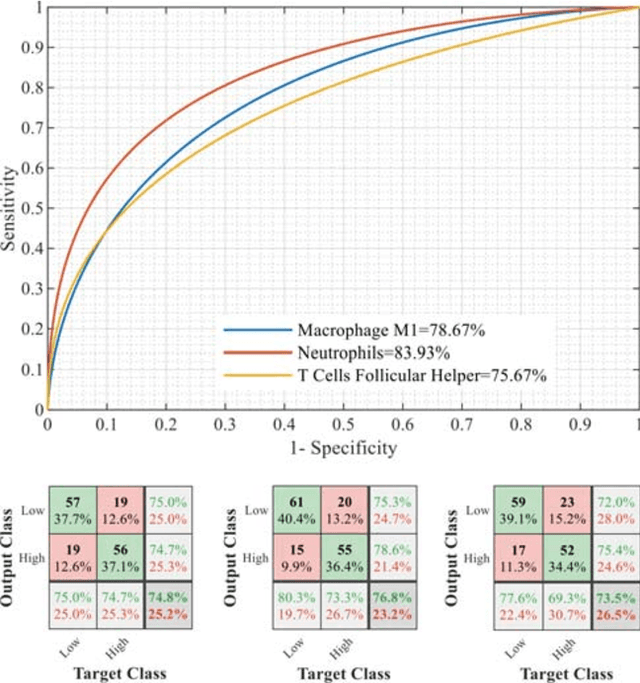
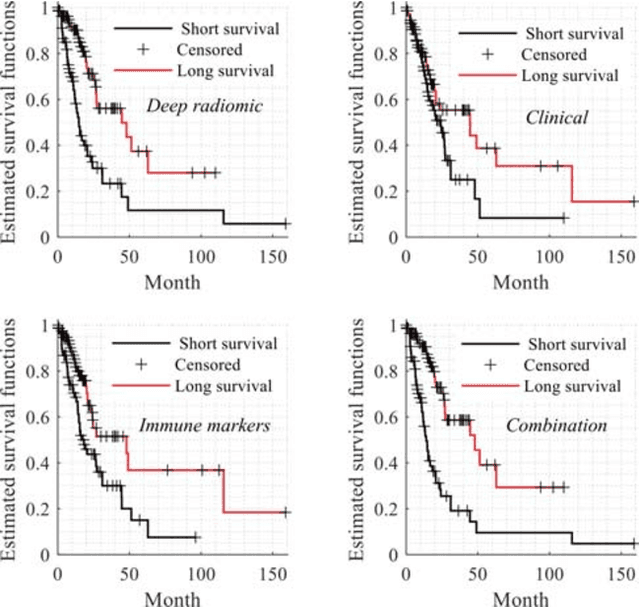
Abstract:Radiomics has shown a capability for different types of cancers such as glioma to predict the clinical outcome. It can have a non-invasive means of evaluating the immunotherapy response prior to treatment. However, the use of deep convolutional neural networks (CNNs)-based radiomics requires large training image sets. To avoid this problem, we investigate a new imaging features that model distribution with a Gaussian mixture model (GMM) of learned 3D CNN features. Using these deep radiomic features (DRFs), we aim to predict the immune marker status (low versus high) and overall survival for glioma patients. We extract the DRFs by aggregating the activation maps of a pre-trained 3D-CNN within labeled tumor regions of MRI scans that corresponded immune markers of 151 patients. Our experiments are performed to assess the relationship between the proposed DRFs, three immune cell markers (Macrophage M1, Neutrophils and T Cells Follicular Helper), and measure their association with overall survival. Using the random forest (RF) model, DRFs was able to predict the immune marker status with area under the ROC curve (AUC) of 78.67, 83.93 and 75.67\% for Macrophage M1, Neutrophils and T Cells Follicular Helper, respectively. Combined the immune markers with DRFs and clinical variables, Kaplan-Meier estimator and Log-rank test achieved the most significant difference between predicted groups of patients (short-term versus long-term survival) with p\,=\,4.31$\times$10$^{-7}$ compared to p\,=\,0.03 for Immune cell markers, p\,=\,0.07 for clinical variables , and p\,=\,1.45$\times$10$^{-5}$ for DRFs. Our findings indicate that the proposed features (DRFs) used in RF models may significantly consider prognosticating patients with brain tumour prior to surgery through regularly acquired imaging data.
A Generic Knowledge Based Medical Diagnosis Expert System
Oct 26, 2021
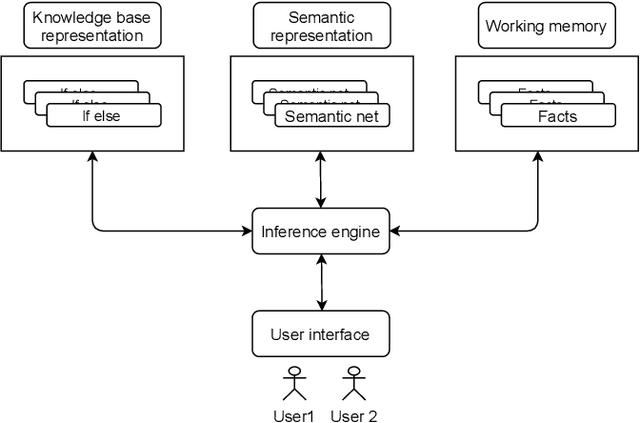
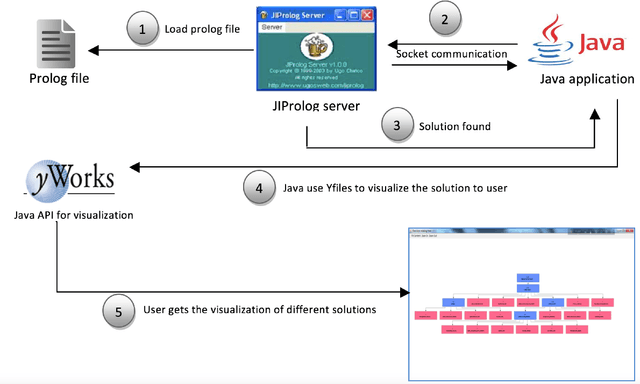

Abstract:In this paper, we design and implement a generic medical knowledge based system (MKBS) for identifying diseases from several symptoms. In this system, some important aspects like knowledge bases system, knowledge representation, inference engine have been addressed. The system asks users different questions and inference engines will use the certainty factor to prune out low possible solutions. The proposed disease diagnosis system also uses a graphical user interface (GUI) to facilitate users to interact with the expert system. Our expert system is generic and flexible, which can be integrated with any rule bases system in disease diagnosis.
LSTM Based Sentiment Analysis for Cryptocurrency Prediction
Apr 03, 2021

Abstract:Recent studies in big data analytics and natural language processing develop automatic techniques in analyzing sentiment in the social media information. In addition, the growing user base of social media and the high volume of posts also provide valuable sentiment information to predict the price fluctuation of the cryptocurrency. This research is directed to predicting the volatile price movement of cryptocurrency by analyzing the sentiment in social media and finding the correlation between them. While previous work has been developed to analyze sentiment in English social media posts, we propose a method to identify the sentiment of the Chinese social media posts from the most popular Chinese social media platform Sina-Weibo. We develop the pipeline to capture Weibo posts, describe the creation of the crypto-specific sentiment dictionary, and propose a long short-term memory (LSTM) based recurrent neural network along with the historical cryptocurrency price movement to predict the price trend for future time frames. The conducted experiments demonstrate the proposed approach outperforms the state of the art auto regressive based model by 18.5% in precision and 15.4% in recall.
A Data-driven Human Responsibility Management System
Dec 06, 2020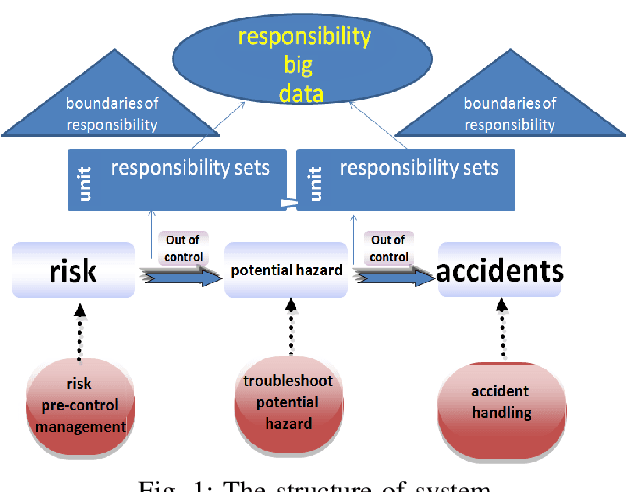
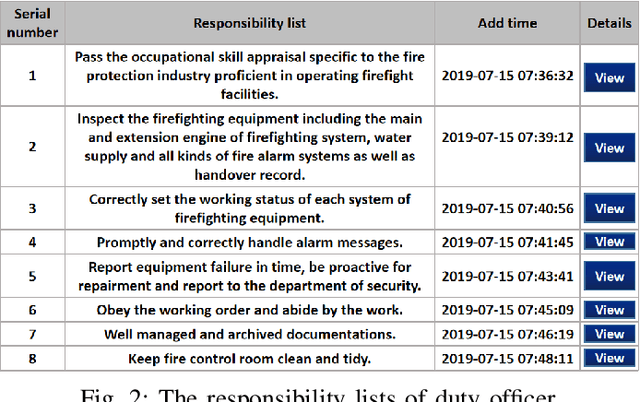
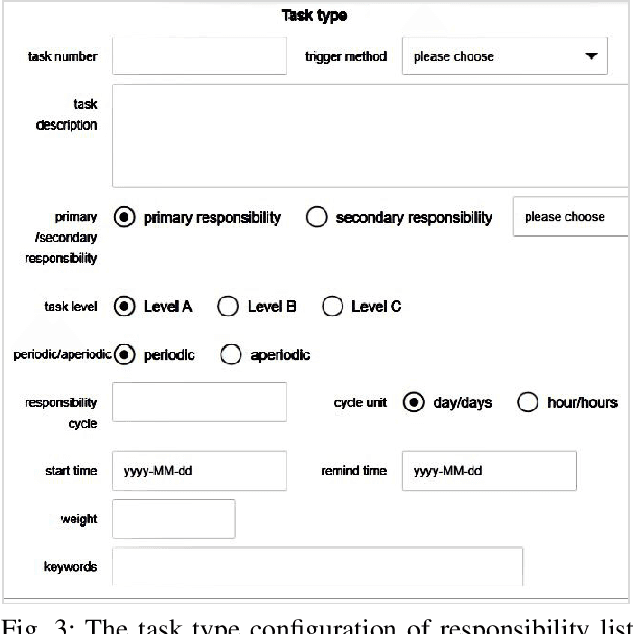
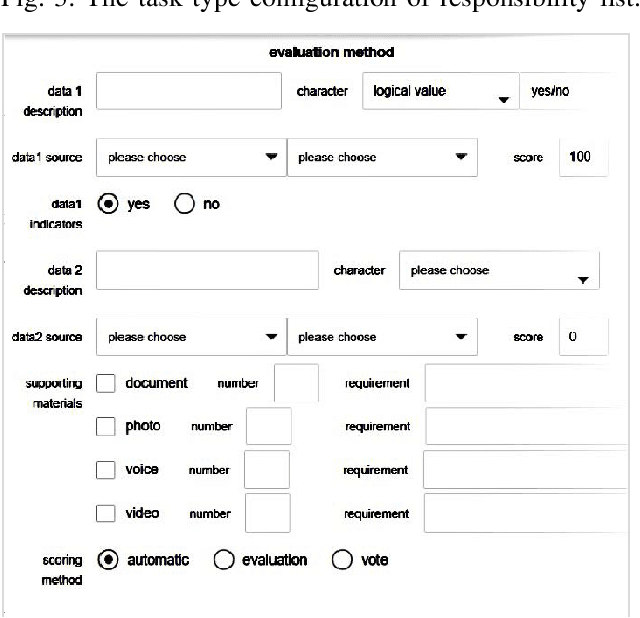
Abstract:An ideal safe workplace is described as a place where staffs fulfill responsibilities in a well-organized order, potential hazardous events are being monitored in real-time, as well as the number of accidents and relevant damages are minimized. However, occupational-related death and injury are still increasing and have been highly attended in the last decades due to the lack of comprehensive safety management. A smart safety management system is therefore urgently needed, in which the staffs are instructed to fulfill responsibilities as well as automating risk evaluations and alerting staffs and departments when needed. In this paper, a smart system for safety management in the workplace based on responsibility big data analysis and the internet of things (IoT) are proposed. The real world implementation and assessment demonstrate that the proposed systems have superior accountability performance and improve the responsibility fulfillment through real-time supervision and self-reminder.
Using Machine Learning to Automate Mammogram Images Analysis
Dec 06, 2020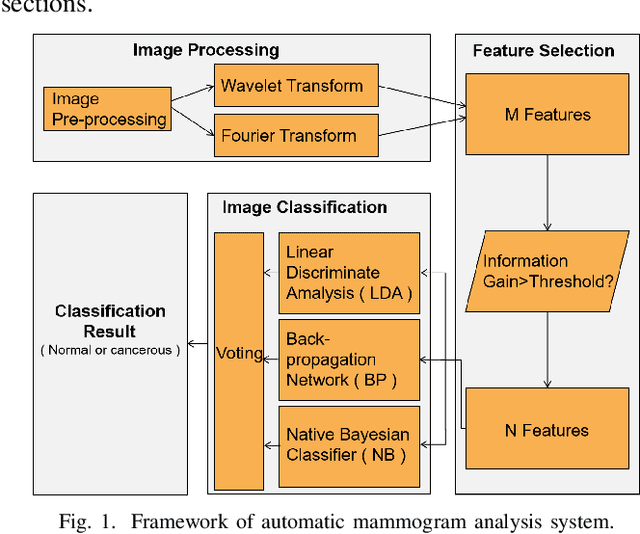
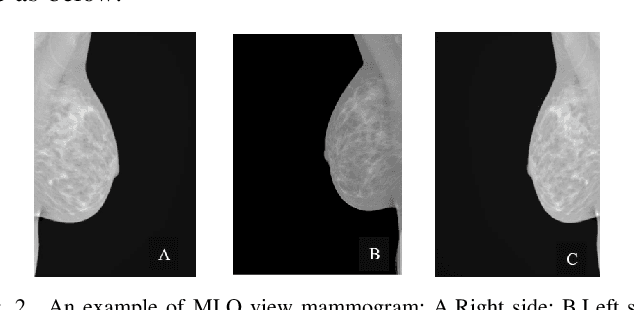
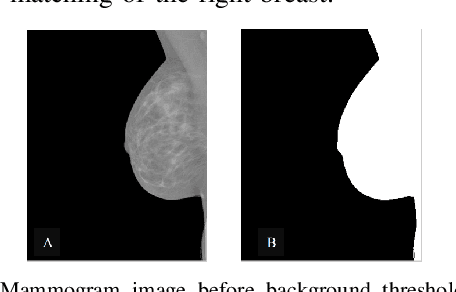
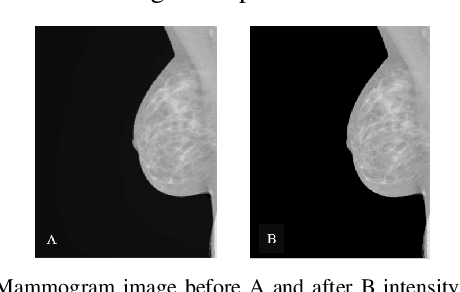
Abstract:Breast cancer is the second leading cause of cancer-related death after lung cancer in women. Early detection of breast cancer in X-ray mammography is believed to have effectively reduced the mortality rate. However, a relatively high false positive rate and a low specificity in mammography technology still exist. In this work, a computer-aided automatic mammogram analysis system is proposed to process the mammogram images and automatically discriminate them as either normal or cancerous, consisting of three consecutive image processing, feature selection, and image classification stages. In designing the system, the discrete wavelet transforms (Daubechies 2, Daubechies 4, and Biorthogonal 6.8) and the Fourier cosine transform were first used to parse the mammogram images and extract statistical features. Then, an entropy-based feature selection method was implemented to reduce the number of features. Finally, different pattern recognition methods (including the Back-propagation Network, the Linear Discriminant Analysis, and the Naive Bayes Classifier) and a voting classification scheme were employed. The performance of each classification strategy was evaluated for sensitivity, specificity, and accuracy and for general performance using the Receiver Operating Curve. Our method is validated on the dataset from the Eastern Health in Newfoundland and Labrador of Canada. The experimental results demonstrated that the proposed automatic mammogram analysis system could effectively improve the classification performances.
Deep radiomic features from MRI scans predict survival outcome of recurrent glioblastoma
Nov 15, 2019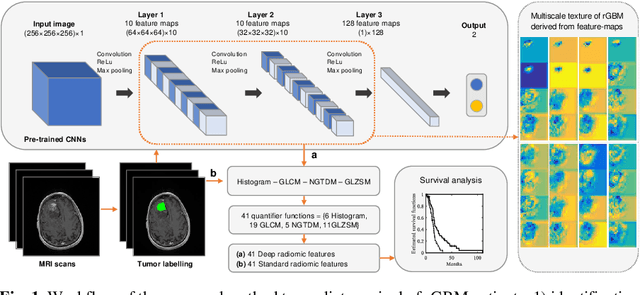
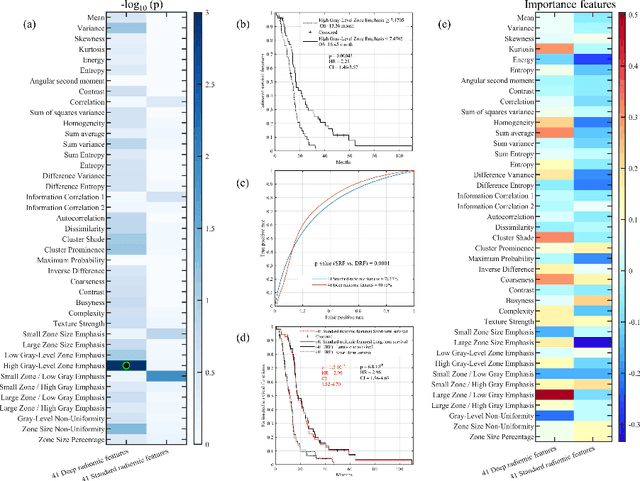
Abstract:This paper proposes to use deep radiomic features (DRFs) from a convolutional neural network (CNN) to model fine-grained texture signatures in the radiomic analysis of recurrent glioblastoma (rGBM). We use DRFs to predict survival of rGBM patients with preoperative T1-weighted post-contrast MR images (n=100). DRFs are extracted from regions of interest labelled by a radiation oncologist and used to compare between short-term and long-term survival patient groups. Random forest (RF) classification is employed to predict survival outcome (i.e., short or long survival), as well as to identify highly group-informative descriptors. Classification using DRFs results in an area under the ROC curve (AUC) of 89.15% (p<0.01) in predicting rGBM patient survival, compared to 78.07% (p<0.01) when using standard radiomic features (SRF). These results indicate the potential of DRFs as a prognostic marker for patients with rGBM.
 Add to Chrome
Add to Chrome Add to Firefox
Add to Firefox Add to Edge
Add to Edge